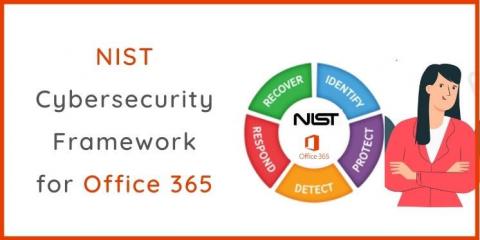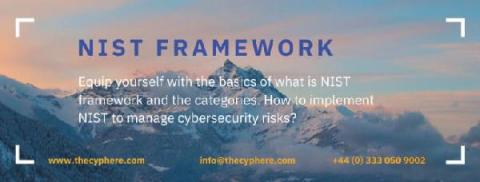What Is NIST SP 1800-27: Securing Property Management Systems?
In 2019, the hospitality industry suffered 13 percent of all data breaches, ranking third highest among targeted industries. It was two years later when NIST released SP 1800-27: Securing Property Management Systems to help hoteliers secure their Property Management Systems (PMS) and associated patron data.








